Short desert sightseeing tour starts from Kerman to Dasht-e Lut desert and visit the main highlights of the desert
| TOUR CODE | 078-STN-XPL | |||||
| START | Kerman | |||||
| FINISH | Kerman | |||||
| REGION(S) | The Lut Desert | |||||
| INCLUDED |
|
|||||
| NOT INCLUDED | Entry fee for the sites not mentioned in the itinerary Travel insurance International airfare Excess baggage charges Airport and departure taxes Any extra hotel costs such as early check in or late checkout Laundry Mini bar used in the room Meals not stipulated in the itinerary Tips (optional) Cost of medical immunizations Bottled water Phone calls Any other service not mentioned in the itinerary |
|||||
- Desert tour in the vast desert of Lut (UNESCO world heritage site)
- Experience of one night in the traditional guest house in the edge of desert
- Shazdeh Garden (Persian garden)- (UNESCO world heritage site)
- Visiting an old cypress tree with thousand year
- Short desert sightseeing tour starts from Kerman to Dasht-e Lut desert and visit the main highlights of the desert Visiting the old village of Sirch
- Exploring Shahdad village and visiting an underground water reservoir
- Arg-e Bam (UNESCO world heritage site)
The Lut Desert, or Dasht-e-Lut, is the largest desert in Iran and is located in the southeastern part of the country. It is the world’s 27th -largest desert, and was inscribed on UNESCO’s World Heritage List on July 17, 2016. It stretches about 480 kilometers (300 mi) long and 320 kilometers (200 mi) wide. In the east rises a great massif of dunes and sand, while in the west an extensive area of high ridges is separated by wind-swept corridors. In its lowest, salt-filled depression—less than 1,000 feet (300 meters) above sea level—the summer heat and low humidity are believed to be unsurpassed on the planet. Between June and October, this arid subtropical area is swept by strong winds, which transport sediment and cause aeolian erosion on a colossal scale. Consequently, the site presents some of the most spectacular examples of aeolian yardang landforms (massive corrugated ridges). It also contains extensive stony deserts and dune fields. The property represents an exceptional example of ongoing geological processes. NASA research results suggest that the Lut Desert in Iran is one of the hottest places on Earth. According to satellite data from NASA in 2005, a surface temperature of 70.7 degrees Celsius was recorded in the Lut desert. This temperature is the highest temperature ever recorded by satellite from the surface of planet Earth. That’s why it is called the ‘2005 point’.
https://www.youtube.com/watch?v=G7xtw9gRUOY
Bam and its Cultural Landscape
Bam is situated in a desert environment on the southern edge of the Iranian high plateau. The origins of Bam can be traced back to the Achaemenes period (6th to 4th centuries BC). Its heyday was from the 7th to 11th centuries, being at the crossroads of important trade routes and known for the production of silk and cotton garments. The existence of life in the oasis was based on the underground irrigation canals, the qanats, of which Bam has preserved some of the earliest evidence in Iran. Arg-e Bam is the most representative example of a fortified medieval town built in vernacular technique using mud layers).
The Lut Desert, also known as Dasht-e Lut, is an extreme landscape in more ways than one. The hyper-arid desert is one of the hottest and driest places on the planet. Those who brave a visit will soon discover the beautifully strange scenery that make this place one of a kind.
The Lut vast desert, in terms of nature and adventure travel, is one of the main attractions of Iran. The tour will start from your hotel in Kerman city and after two days exploring the sites and desert we will drop you off in your hotel in Kerman. We will cover a lot of sites between Kerman and desert. On the way we have a half day sightseeing for a couple of attractions to visit such as Shazdeh Garden which is a UNESCO world heritage site since 2016, Shah Nematoallah Vali, the Persian Sufi Master and poet, Sirch exotic village and the old cypress tree dating back two thousand years ago. From there, we continue our trip to Shahdad and will visit the underground reservoir water and the old part of the town. From there head to Shafiabad village which is the edge of the Lut desert and the South East entry gate to the desert. We have a desert tour in the afternoon
The next day continue driving to visit remain part of the desert. Continue driving to Arg-e Bam by detour road and visiting a couple of unknown villages that you can find it in your guide book. Afterwards visiting Arg-e Bam. You will drive back to Kerman in the late afternoon.




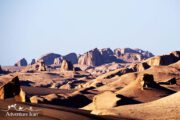

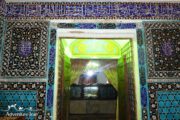




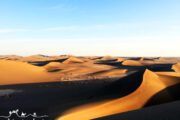




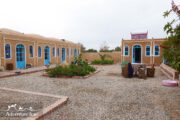







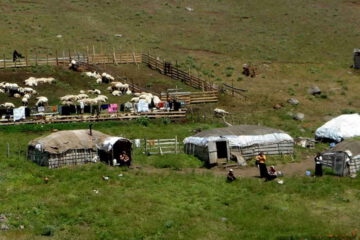
Tour Reviews
There are no reviews yet.
Leave a Review